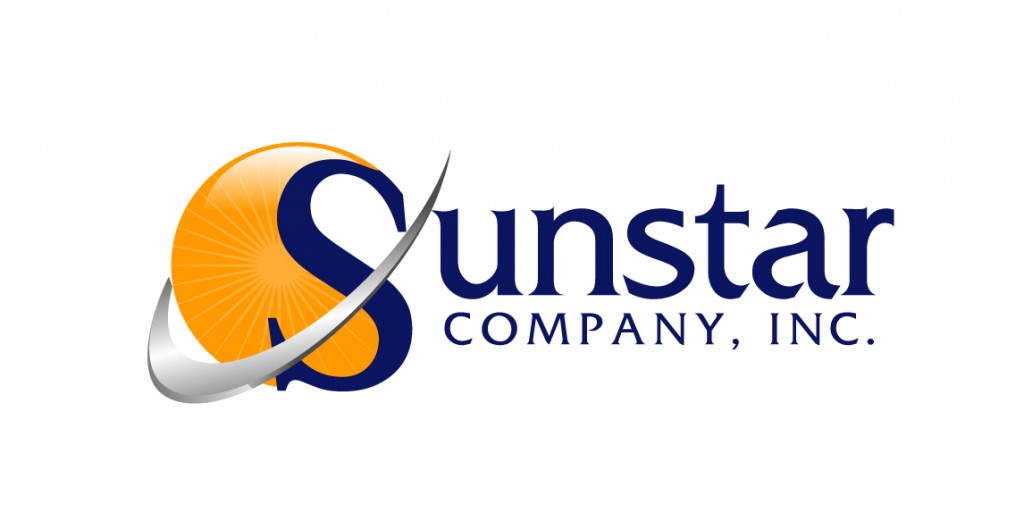A recent survey in Storage Magazine asked the question, “What’s the main reason you archive data?” The responses showed that 29 percent of respondents archive data to manage disk capacity, 23 percent to meet government regulations and 11 percent in case of potential litigation. These responses mark a shift from just a few years ago, when the primary reason why companies archived data was to meet government regulations. Now, it has switched to managing disk capacity.
IT managers are increasingly struggling with the costs of deploying primary storage. It is readily apparent that endless upgrades to larger primary disk arrays are not sustainable options. Also, it’s evident that functionality features such as deduplication and data compression have proven to be of limited value in addressing the tremendous growth of data in organizations. This situation is driving the need for more cost-effective, long-term storage solutions.
Fortunately, a new data storage solution called active-archive has emerged to address these data growth and sprawl issues – yet it’s causing both excitement and confusion today. Active-archive:
- – Provides the ability to store data on cost-effective storage platforms, move data as needed, store data for extended periods of time and provide ready access to all data within the organization.
- – Improves storage efficiency by enabling better utilization of the infrastructure already in place, and also integrates very smoothly with existing equipment. For example, heavily used production data can still reside on high-performance disk while static or unstructured data, which can represent up to ninety percent of the overall data in an organization, can be moved to less expensive storage platforms.
- – Significantly reduces the time required for backups, number of backup servers required and overall load on the storage network because that primary storage is used for production data and static or unstructured data can be moved to other platforms.
- – Makes disaster recovery and business continuity easier, faster and more cost-effective for IT managers. For disaster preparedness, an active-archive storage solution automatically creates and tracks duplicate copies of the data. It also provides the ability to have different locations for data, which further supports recovery and continuity efforts.
To learn more about the Nexsan Assureon, please reach out to the sales team here at Sunstar Company, Inc.
(800) 663-5523 or contact us online

